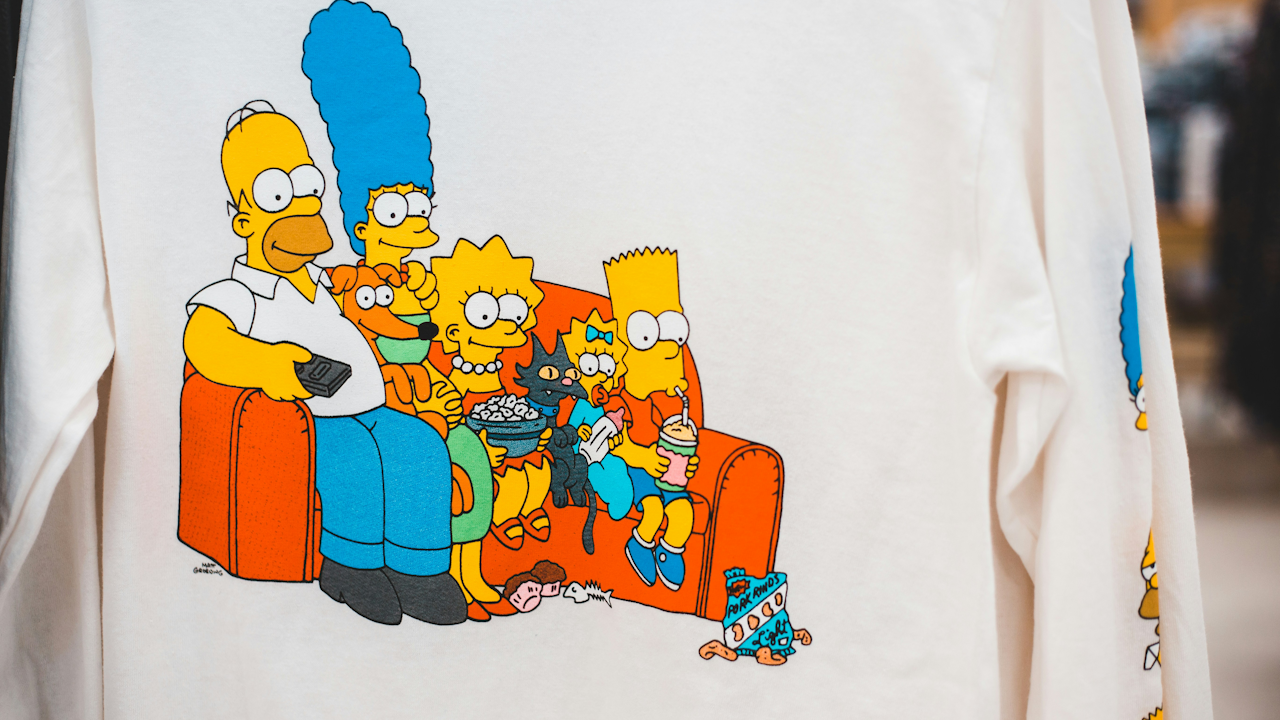The television sitcom, a staple of entertainment for decades, has undergone a remarkable evolution, reflecting societal shifts, technological advancements, and changing comedic sensibilities. From its humble beginnings in the early days of television to the diverse landscape of today, the sitcom has consistently adapted, reinventing itself to remain relevant and engaging.
In the nascent years of television, sitcoms often mirrored the simplicity of radio programs, with live broadcasts and straightforward narratives. Shows like “I Love Lucy” established foundational elements, including the multi-camera setup and the use of a live studio audience, which became hallmarks of the genre. These early sitcoms frequently centered on idealized family life, portraying a seemingly perfect suburban existence. However, even within this seemingly homogenous portrayal, “I Love Lucy” broke ground with it’s strong female lead, and the way the shows production was handled.
The 1970s marked a turning point, with sitcoms beginning to tackle more complex and socially relevant themes. Norman Lear’s groundbreaking shows, such as “All in the Family” and “Maude,” confronted issues like racism, sexism, and political polarization, sparking conversations and challenging prevailing norms. This era saw a shift towards more realistic portrayals of working-class families and diverse perspectives, moving away from the sanitized depictions of the past.
The 1980s and 1990s witnessed the rise of the “family sitcom” as a dominant force. Shows like “The Cosby Show” and “Roseanne” offered contrasting portrayals of family life, reflecting the changing dynamics of American households. “Seinfeld” revolutionized comedic storytelling with its “show about nothing” approach, emphasizing observational humor and character-driven situations. “Friends” captivated audiences with its portrayal of young adult friendships, becoming a cultural phenomenon.
The turn of the 21st century brought significant changes, driven by technological advancements and evolving audience preferences. The rise of single-camera sitcoms, such as “The Office” and “Modern Family,” introduced a more cinematic style, abandoning the traditional laugh track and embracing a mockumentary format. This shift allowed for greater creative flexibility and a more nuanced approach to comedy.
Furthermore, the digital age has democratized content creation and distribution, leading to a proliferation of diverse voices and perspectives within the sitcom genre. Streaming platforms have played a pivotal role in this transformation, providing a space for niche comedies and allowing for greater experimentation with format and storytelling. Shows like “Fleabag” and “Schitt’s Creek” have demonstrated the power of character-driven narratives and the ability of sitcoms to explore complex emotional landscapes.
Today, the sitcom continues to evolve, reflecting the ever-changing world around us. Issues of diversity, inclusivity, and social justice are increasingly being addressed, and the genre is embracing a wider range of comedic styles. The lines between comedy and drama are becoming increasingly blurred, with shows exploring deeper themes and emotional resonance. The sitcom has proven its resilience, consistently adapting to new technologies, cultural shifts, and audience expectations. It’s safe to say that the sitcom will continue to evolve, and entertain, for many years to come.

